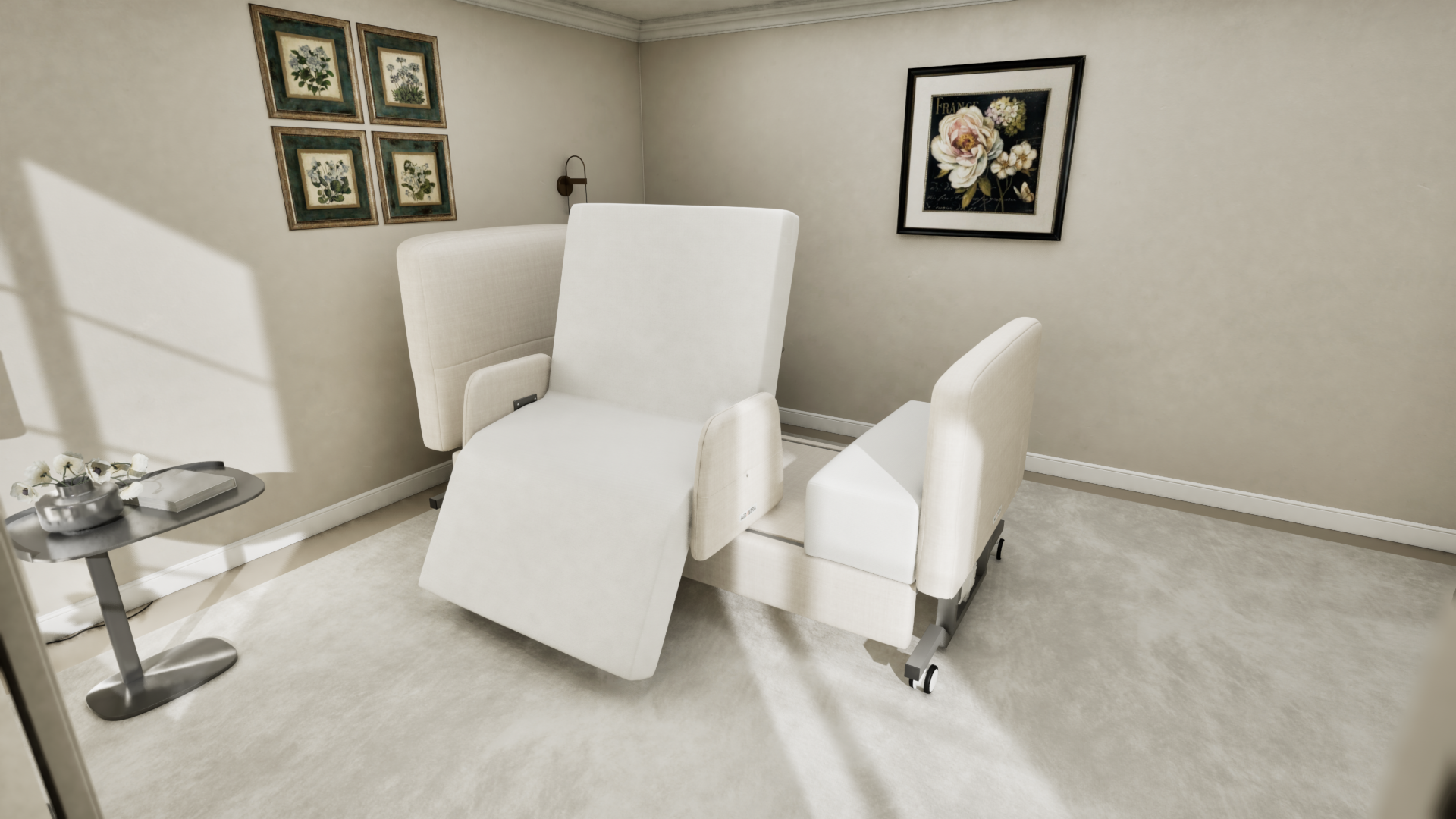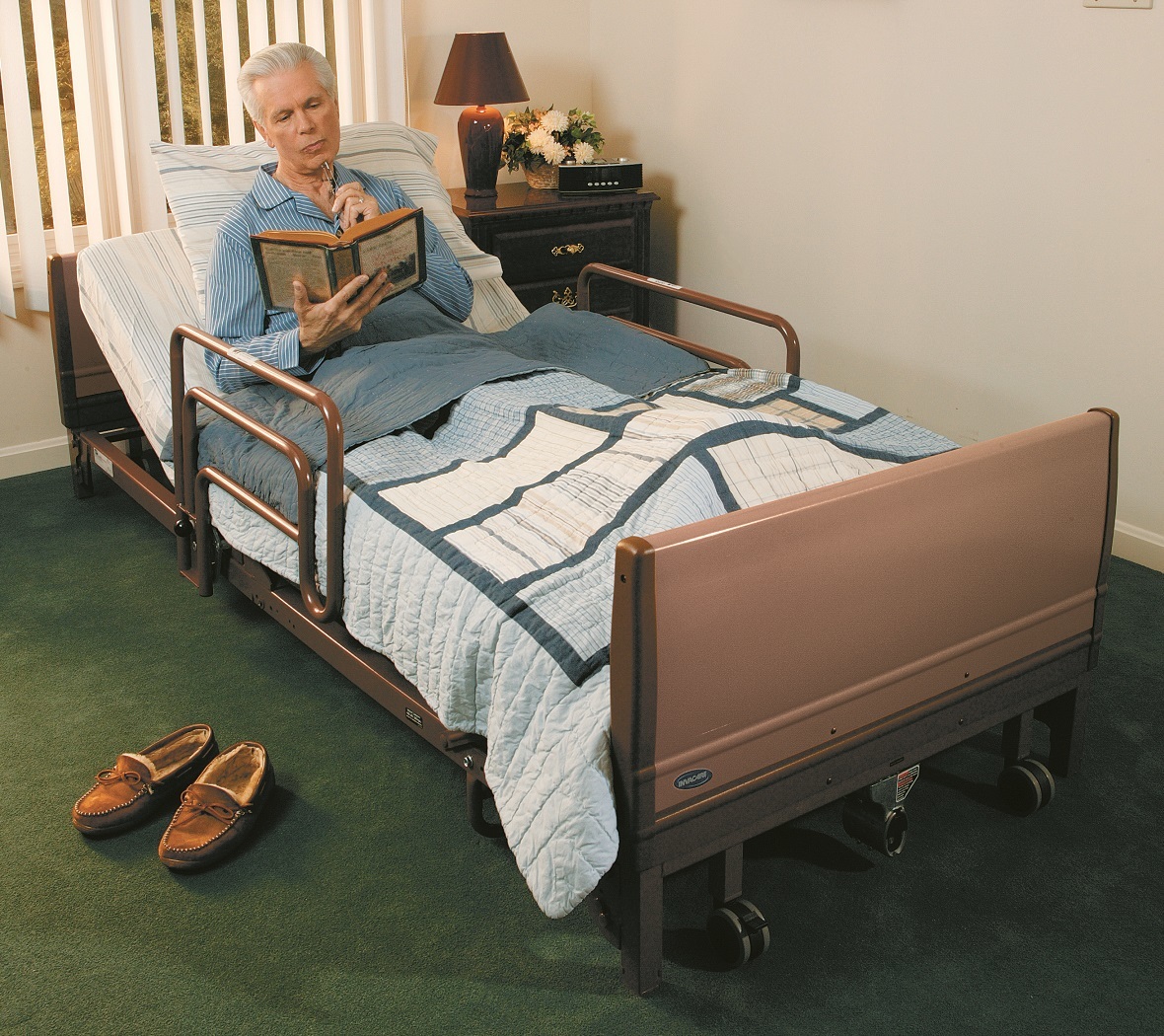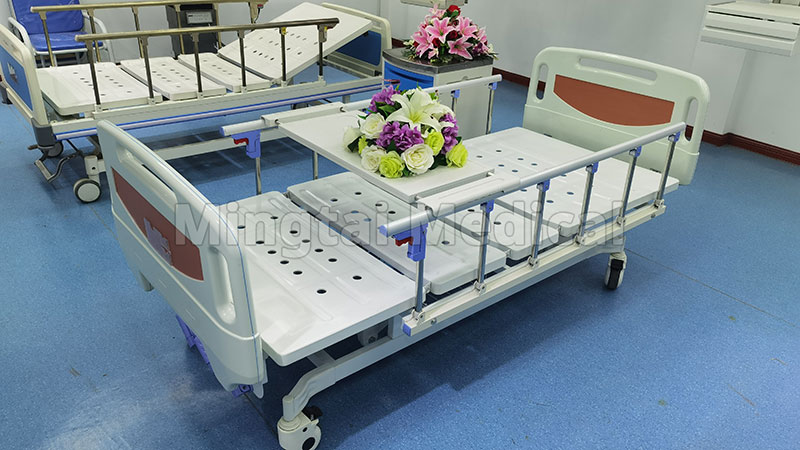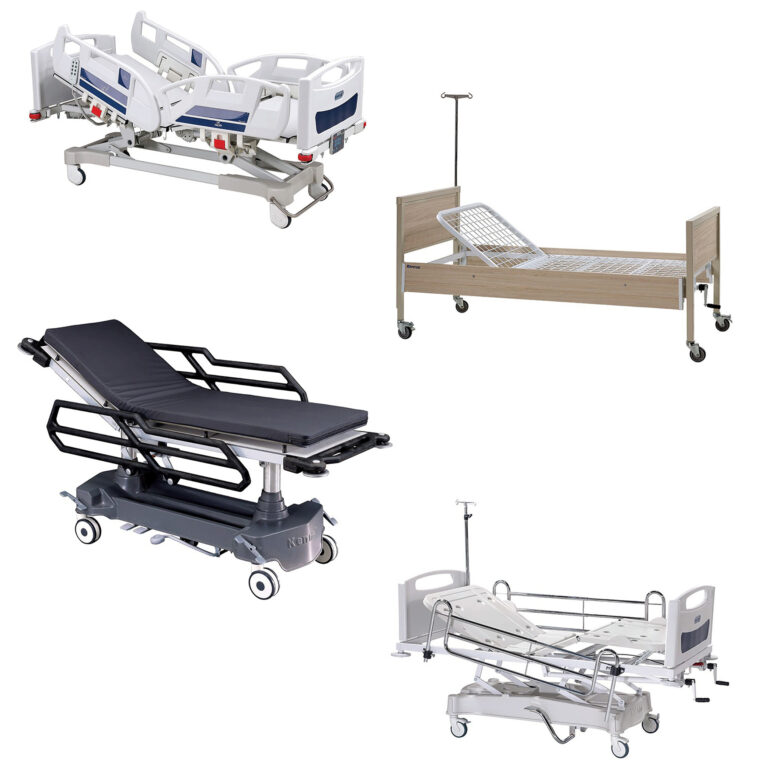Get This Report about Hospital Beds For Home Use
Get This Report about Hospital Beds For Home Use
Blog Article
Hospital Beds For Home Use for Dummies
Table of Contents6 Easy Facts About Hospital Beds For Home Use DescribedThe Greatest Guide To Hospital Beds For Home UseThe Basic Principles Of Hospital Beds For Home Use Getting The Hospital Beds For Home Use To WorkFacts About Hospital Beds For Home Use RevealedHospital Beds For Home Use Things To Know Before You Get ThisHospital Beds For Home Use Things To Know Before You Get This
There are three primary kinds of health center beds: manual, semi-electric, and fully-electric. These beds make use of hand cranks to adjust the bed's height and elevate and decrease the head and the foot.
Semi-electric beds have an electrical motor to elevate and reduce the head and foot sections of the bed. Clients and caregivers change the positioning by pressing switches using a hand pendant. The height of the bed is adjusted manually with a hand crank. Full-electric beds have an electrical motor that can increase the head and foot areas of the bed in addition to the entire elevation and positioning of the bed.
The 5-Minute Rule for Hospital Beds For Home Use
There are several types of health center beds, each developed to fulfill details patient requirements. Below are some typical kinds: This is the most typical type of health center bed, developed for general clinical usage.
Reduced to the ground than a common bed. This kind of bed is developed for larger clients, with a bigger framework and greater weight ability than a typical bed.
This type of bed is designed for seriously sick patients that need open tracking and specialized medical equipment such as ventilators and infusion pumps. This type of bed is developed for usage during labor and shipment, with flexible placements and attributes to support the mommy and baby during the birth process.
Examine This Report on Hospital Beds For Home Use
Several feature and the devices do broadening traction to various components of the vertebra and the extremities without moving the human body. These are simply a few examples of the kinds of health center beds offered. The certain kind of bed utilized will certainly depend upon the person's problem, medical demands, and other aspects.
Below is the thing you require to know. A one-function medical facility bed is a clinical bed that enables a patient to move just the head or foot area up or down. A 2 feature hospital bed commonly refers to a kind of clinical bed that has two flexible functions to aid individuals in healthcare facilities or care centers.

10 Easy Facts About Hospital Beds For Home Use Explained
A 7-function ICU bed is a sort of clinical bed that provides a number of flexible features to support critically sick patients in a critical care unit (ICU) (hospital beds for home use). The 7 features usually include: Backrest change: The backrest can be readjusted to different angles to help the person stay up or relax conveniently
Elevation change: The bed can be elevated or decreased to make it less complicated for patients to enter and out of bed, and for caretakers to give care. Trendelenburg placement: The entire bed can be tilted to advertise blood circulation and blood circulation in the body. Reverse Trendelenburg setting: The bed can also be slanted in the opposite direction to promote blood circulation and blood circulation in the upper body.
While even more budget-friendly than electric models, these beds call for physical effort for adjustments. The major advantages of manual beds are their affordability and dependability, as they don't count on electrical power. The demand for click for info manual effort can be a constraint in situations where quick changes are essential or where caregivers face physical difficulties.
Some Known Details About Hospital Beds For Home Use
They are appropriate for individuals that call for very little rearranging for convenience or medical needs. Semi-electric health center beds use an equilibrium of manual and electric controls. The head and foot sections are normally adjusted with electrical controls, while the elevation is adjusted manually. These beds supply an optimal happy medium between manual and totally electric choices, using convenience of usage without the full cost of electric designs.
Semi-electric beds are well-suited for clients who require moderate modifications to the head and foot areas however can handle without constant elevation modifications. This makes them a cost-effective solution for those seeking convenience and convenience without the need for continuous repositioning. Totally electrical hospital beds feature electric controls for seamless adjustments to the elevation, head, and foot areas.
Specialty medical facility beds, such as ICU beds, lasting care beds, and bariatric beds, are thoroughly designed to attend to details clinical demands. These beds supply tailored care for diverse individual teams, improving both end results and comfort. In the complying with sections, we will certainly check out the primary sorts of specialty medical facility beds, describing their specific benefits and applications.
With years of experience in making electrical linear actuators - hospital beds for home use and close cooperation with the medical care market, TiMOTION is well-positioned to offer trusted health care services. Our vertically integrated firm takes care of every action of the production process, from style to actuator assembly, guaranteeing we supply outstanding value and tailored services customized to your details requirements
The Main Principles Of Hospital Beds For Home Use

To discover more regarding integrating these technologies right into your products, call us today. More analysis:.
Information is sourced from the Medicare Expense Record.

The Of Hospital Beds For Home Use
A hospital bed is a bed made especially for clinical purposes. It is not only an area for individuals to rest, yet likewise a platform for clinical procedures. Unlike average home beds, medical facility beds usually have adjustable features, view it which can promote clinical team to make various adjustments according to the demands of individuals, such as changing the elevation, disposition, and support angle of the back and legs of the bed.
Report this page